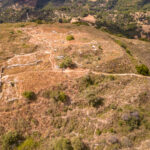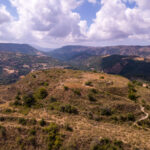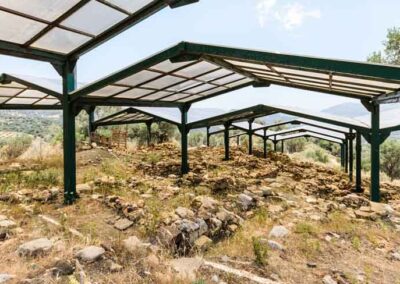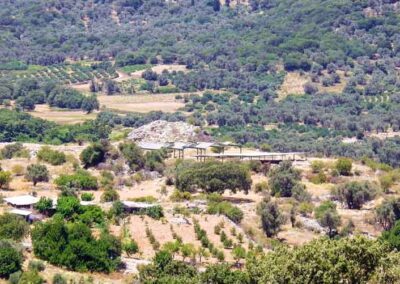Ancient Syvritos
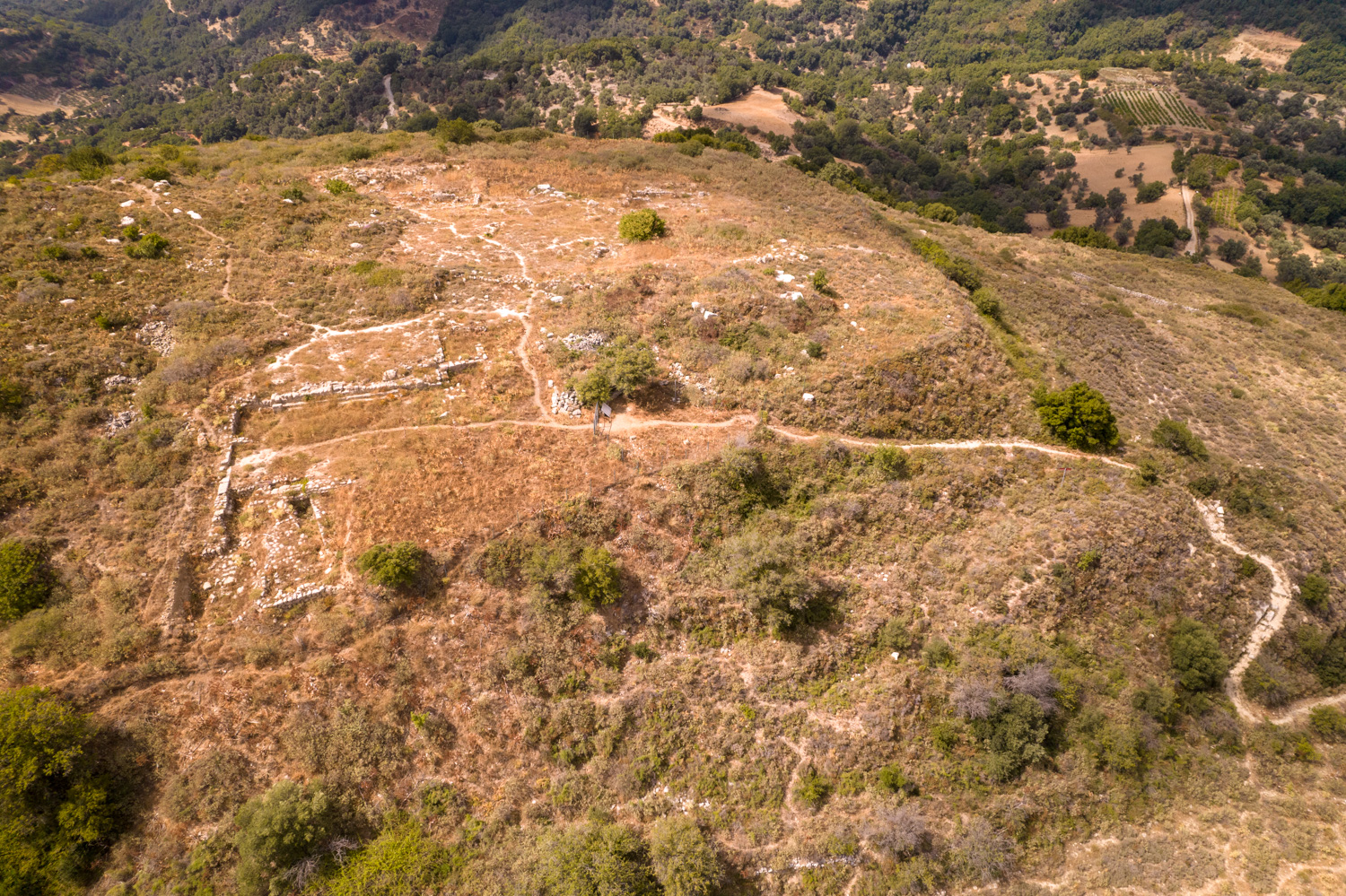
Ancient Syvritos
Its foundation dates back to the 12th century e.g. with the movement of populations coming mainly from the valley of Amari to the hill of Kefala, to a natural fortress that provided security. The first mention of the settlement was recognized on the signs of the Linear B Script. Inhabitation continued without interruption until the Archaic years when the central, possibly cultic building was destroyed at the beginning of the 7th century.
The next phase of habitation dates back to the Roman period in which the settlement extends to the villages of Thronos, Agia Fotini, and Genna. Syvritos reaches the peak of its prosperity at this time, it is a strong and autonomous city with its own silver coin. The residential center of ancient Syvritos is located on the hill of Throniani Kefala, just above the village of the same name, in the western foothills of Psiloritis. Its territory extends throughout the wider periphery of the modern settlement, reaches ancient Soulia, the port of Syvritos, probably today’s Agia Galini, and extends to the two provinces of Amari and Agios Vassilios. From the ancient Syvritos, parts of the Acropolis, its water network that transported water from a long distance, as well as ruins of houses with mosaic floors, where vases, figurines, and metal utensils have been found, have come to light. The latter is currently exhibited at the Archaeological Museum of Rethymnon. The cemetery of the ancient city has been revealed to the southwest of Thronos village.
During the later early Byzantine times, it seems that Syvritos still plays an important role, as it is the seat of bishop Syvritos, who is even mentioned in the Fourth Ecumenical Council in 451.
The city of Syvritos was probably destroyed by the Saracens, but the name was preserved in the first years of Venetian rule.

